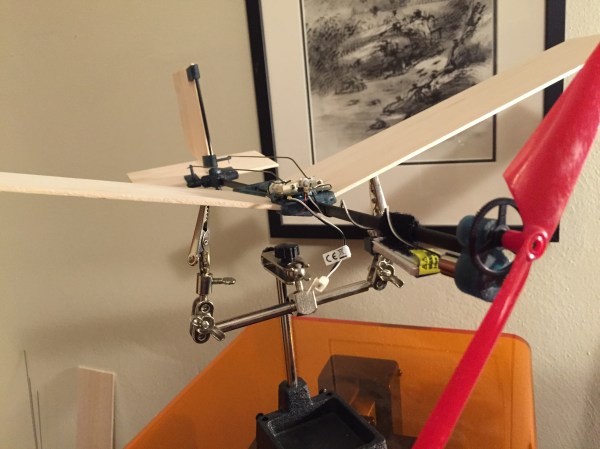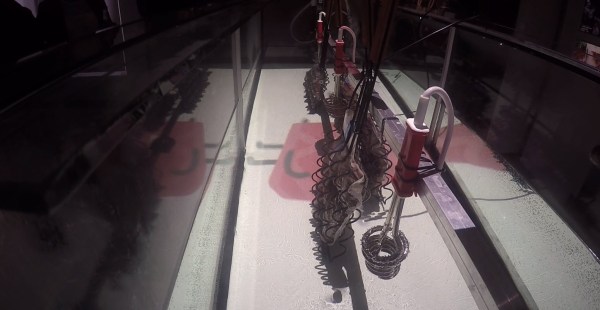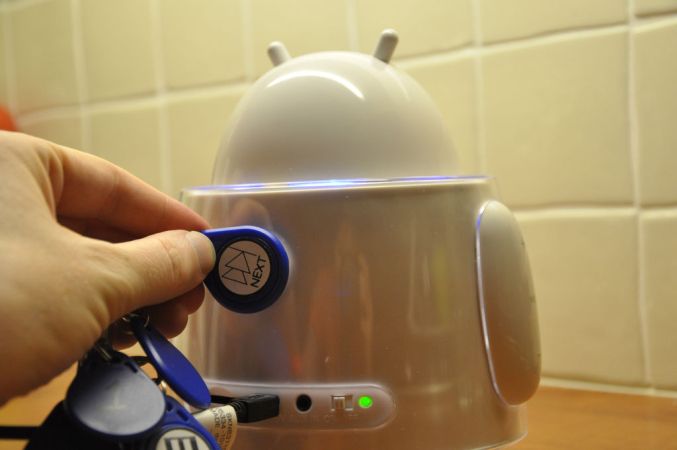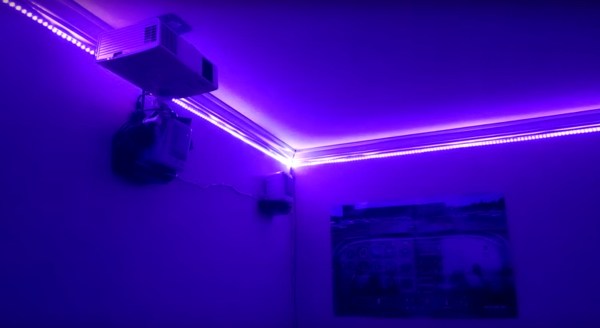We were curious to see when someone would use a 3D printing pen for something other than art. It might not look very pretty, but [Techmeology] “drew” this centrifuge mount for a motor in order to spin some test tube samples.
It’s kind of hard to see in the picture, but the test tube holder “arms” are detachable, and when the motor spins up it opens like an umbrella. Pretty much all the parts are recycled, and the motor came from an old appliance, making the cost of this project negligible — a good use case for any remote location that might require custom parts or repairs.
As for actually fabricating functional items with the 3D printing pen, [Techmeology] offers some useful tips for drawing brackets on his site. For instance, wrap the parts for which you need mounting brackets in paper. This provides a barrier while drawing your design in molten plastic.
There are a few other tricks that can be performed by 3D printing pens, like using them to “weld” parts back together. If you don’t already have one you could just use a soldering iron for this purpose — or make your own 3D printing pen using LEGO and a hot glue gun.





 They got the aquarium off eBay for $40, and started the project by resealing the aquarium with some silicone. Water adding some aluminium extrusion they mounted six immersion heaters. Three to heat it to temperature, and another three running off a PID control loop with waterproof temperature sensors to maintain it within a degree or so. Of course that wouldn’t get you very far unless you completed the build by filling the aquarium with water.
They got the aquarium off eBay for $40, and started the project by resealing the aquarium with some silicone. Water adding some aluminium extrusion they mounted six immersion heaters. Three to heat it to temperature, and another three running off a PID control loop with waterproof temperature sensors to maintain it within a degree or so. Of course that wouldn’t get you very far unless you completed the build by filling the aquarium with water.











